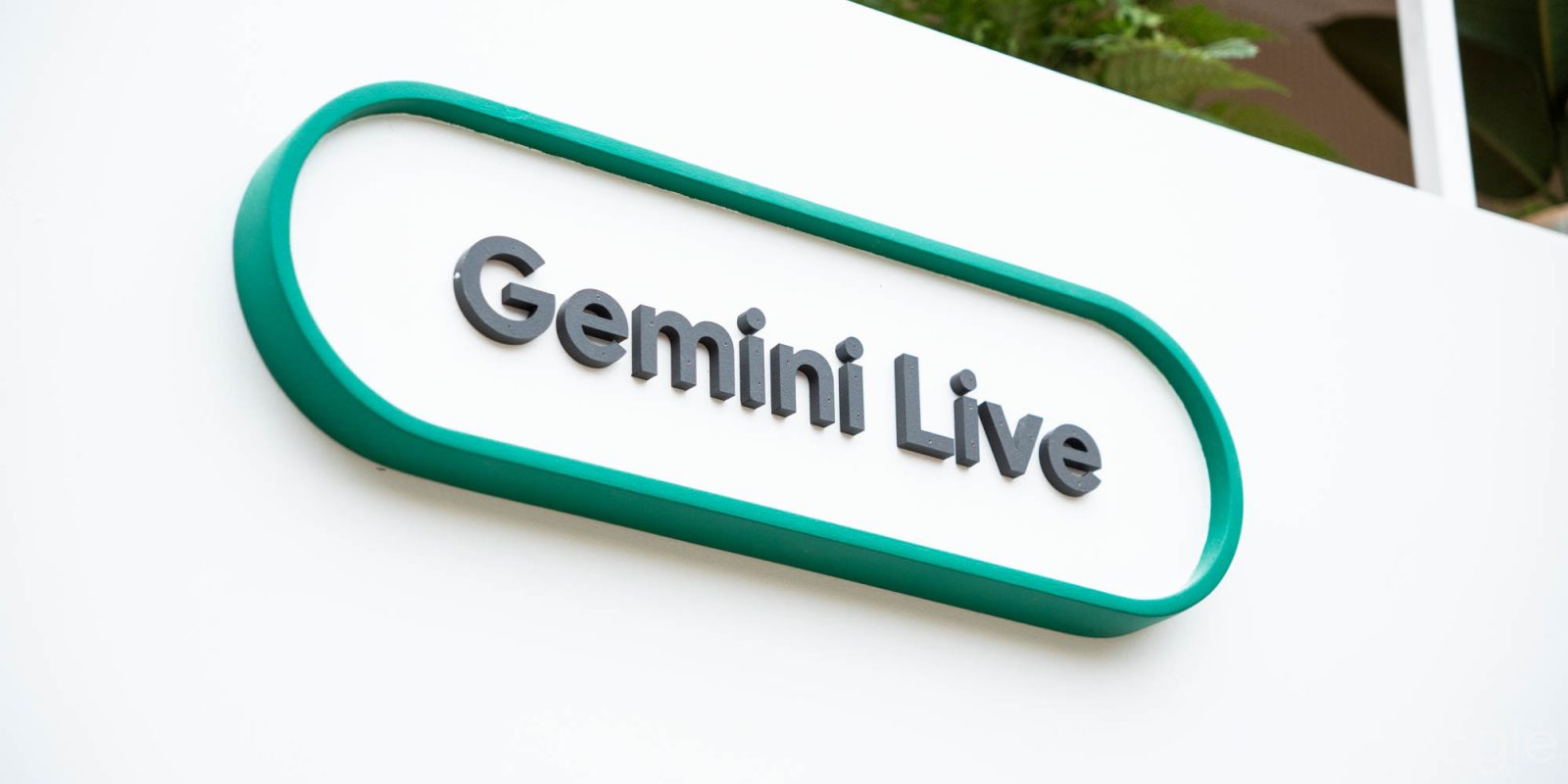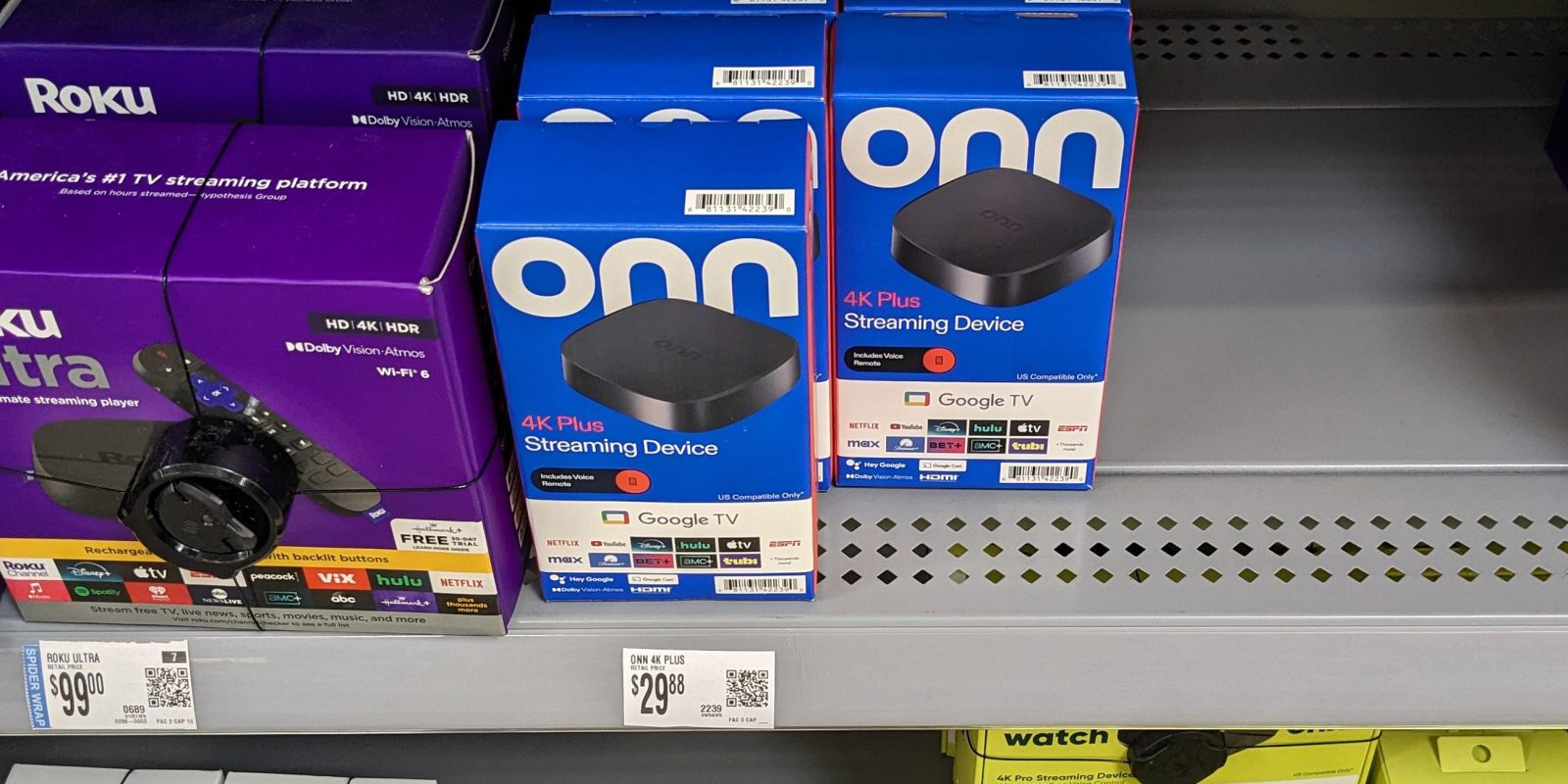Samsung’s Potential Galaxy Phone Price Hike: What Consumers Need to Know
Article Text:
Samsung, a global leader in smartphone manufacturing, is reportedly contemplating an increase in the prices of its Galaxy series phones. This potential adjustment is attributed to several converging factors, including escalating production costs, international trade tariffs, and shifts in global economic conditions.
Rising Production Costs
The production of smartphones involves a complex supply chain, and any fluctuation in the cost of components can significantly impact the final retail price. Recently, Samsung has faced increased expenses in sourcing essential parts. For instance, in May 2025, the company raised the prices of its DRAM memory modules—critical components in smartphones—by 20% for DDR4 and 5% for DDR5 variants. This price hike was largely due to heightened demand as manufacturers sought to stockpile components in anticipation of impending tariffs. Such increases in component costs inevitably influence the overall production expenses for Samsung’s devices.
Impact of International Trade Tariffs
Trade policies and tariffs play a pivotal role in the pricing strategies of multinational corporations. In May 2025, the U.S. government announced a 25% tariff on smartphones imported from foreign manufacturers, including Samsung. This policy was initially perceived as targeting specific companies but was later clarified to encompass all foreign-made smartphones sold in the U.S. Market analysts projected that this tariff could lead to a substantial 30-40% increase in the retail prices of Samsung’s Galaxy phones within the United States. While the implementation of these tariffs was still under discussion, the potential for such a significant price surge was a pressing concern for both the company and consumers.
Samsung’s Pricing Strategies Amid Economic Challenges
Despite these financial pressures, Samsung has historically demonstrated a commitment to maintaining competitive pricing. For example, during the launch of the Galaxy S25 series in January 2025, the company managed to keep the prices consistent with the previous year’s models. The base Galaxy S25 was introduced at $799, the S25+ at $999, and the S25 Ultra at $1,299. This pricing strategy was particularly noteworthy given the backdrop of rising production costs and economic uncertainties.
However, the landscape shifted with the introduction of the Galaxy S25 Edge. This model, characterized by its ultra-slim design and advanced features, was initially priced at approximately $1,000. The higher price point was justified by its unique design and premium specifications. Yet, market reception was lukewarm, leading to significant discounts in subsequent months. By September 2025, the Galaxy S25 Edge was available for as low as $699, reflecting Samsung’s responsiveness to market demand and its willingness to adjust pricing strategies accordingly.
Consumer Implications and Market Dynamics
For consumers, the prospect of increased smartphone prices necessitates a more strategic approach to purchasing decisions. The potential for higher costs may prompt buyers to consider alternative models, explore trade-in options, or delay upgrades. Samsung has been proactive in offering attractive trade-in deals to mitigate the impact of price increases. For instance, during the Galaxy S25 launch, the company provided substantial trade-in values, with some devices fetching up to $900 in credit towards new purchases. These initiatives aim to maintain customer loyalty and encourage upgrades despite potential price hikes.
Conclusion
As Samsung navigates the complexities of rising production costs, international trade policies, and economic fluctuations, the company faces the challenge of balancing profitability with consumer affordability. While the potential for increased prices looms, Samsung’s history of strategic pricing and consumer-focused initiatives suggests a commitment to maintaining its competitive edge in the global smartphone market. Consumers are advised to stay informed about these developments and consider available promotions and trade-in offers to make the most cost-effective purchasing decisions.



